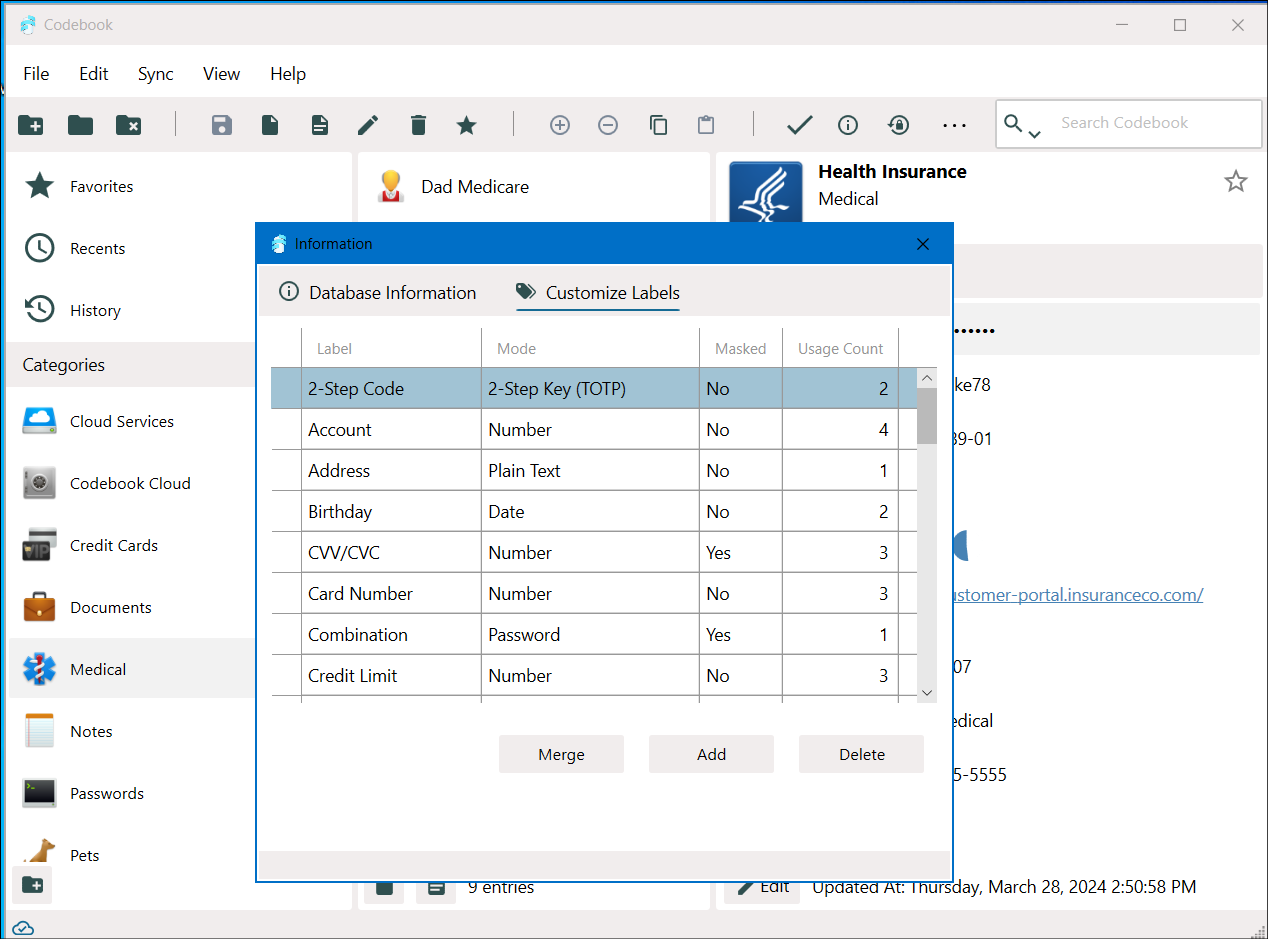This is part of our Essential Guide to Coding Qualitative Data | Start a Free Trial
Six steps create your codebook. After creating titles for your codebook, this simple program provides%TKcodebook with the following instructions: Create a codebook for SAS data set STUDYAPRELIM located in the temporary Work library automatically defined by SAS. Public-Use Explore the Codebooks, Download Datasets, Create Syntax. Online Codebook guides you through selecting a survey, population, and variables relevant to your analysis. A codebook provides information on the structure, contents, and layout of a data file. Users are strongly encouraged to review the codebook of a study before downloading the data file (s). Although codebooks vary widely in quality and amount of information given, a typical codebook includes: Column locations and widths for each variable. Code Publishing Company is an innovative, full-service publishing company. We use the latest technology to provide advanced online codes and high quality print publications along with an electronic version of all documents published. We also provide technical and legal editing services and data conversion to a variety of organizations. A codebook is a type of document used for gathering and storing cryptography codes.Originally codebooks were often literally books, but today codebook is a byword for the complete record of a series of codes, regardless of physical format.

A codebook for qualitative research contains a list of the codes that you will use in your qualitative analysis research. It also includes definitions of these code along with examples of how to use the codes in practice. Keeping a qualitative research codebook helps you stay organized and aligned with your research team.
Codebook Stata
Here’s how to create a codebook for qualitative data.
For each code in a qualitative research codebook, you want to include:
Codebook
Code definition
Examples of what to include with this code
Here’s a qualitative codebook example for qualitative research.
Behaviors
Type of behaviors observed during research analysisExamples: Re-reading transcript, keeping track of good quotes, looking for patterns
Collaborating
When groups of researchers collaborate on the same project togetherExamples: Working together as a team, co-analysis with clients.
Motivations
Motivations behind why people decide to use an analysis toolExamples: saving time, staying organized, increasing transparency
Why should you create a codebook for qualitative research?
A qualitative codebook allows you to stay organized as you do qualitative coding. If you’re working with a team, it keeps you on the same page to ensure that you’re applying codes consistently. It serves as a reference for you throughout your study. It also provides context to anyone that may examine your data after analysis so they can better understand your coding decisions.
How do you determine what codes to use?
If you decide to use a deductive method of coding, you create a collection of codes to start with.
There are a variety of ways to come up with your initial codes, but here are a few suggestions for places to start.
Your research objective or questions
What you know you’ll be looking for
Themes or patterns you recognized while conducting the initial interviews
The theory or framework that’s the basis for your study

After you create the codebook, remember that you’ll be evolving and changing what you find.
More qualitative research codebook examples
What you know you’ll be looking for: such as participant reactions
Apathy
When participant is apathetic to the concept we show themExamples: Lack of interest, no expression of concern, no discernable reaction
Confusion
When the participant is confused, and unclear about the concept we show themExamples: Asking many clarifying questions, unclear, misinterpretation
Delight
When the participant is delighted with what we are showingExamples: Expressing enthusiasm, feeling joy, excitement
The theory or framework that’s the basis for your study, such as Maslow’s Hierarchy of Needs

Codebook Stata
Physiological needs
Food, warm, warmth, restExamples: Stable housing, access to food security, healthcare system
Safety needs
Security, safetyExamples: Safety of the neighborhood, perception of crime, trust in community
Belongingness & love needs
Intimate relationships, friendsExamples: Role in the family, stability of romantic relationships, feeling belonging in a peer group
Tools for creating a qualitative research codebook
You can use a variety of different tools for creating a qualitative codebook
Document editor like Word or Google Docs: This is a simple way to use a tool that you already have access to. Just make sure that as you’re changing your codes during analysis, that you keep the qualitative codebook up to date!
Pen and paper: Especially if you’re already doing analysis manually with pen and paper, keeping your qualitative codebook on a physical piece of paper would allow you to tactile nature of using paper.
CAQDAS software such as Delve: Software to analyse qualitative data will have capabilities to automatically keep your qualitative codebook up to date as your codes change throughout your analysis.
Try Delve, Software to Manage Your Qualitative Codebook
Online software such as Delve can help streamline how you’re coding your qualitative coding. Try a free trial or request a demo of the Delve.
